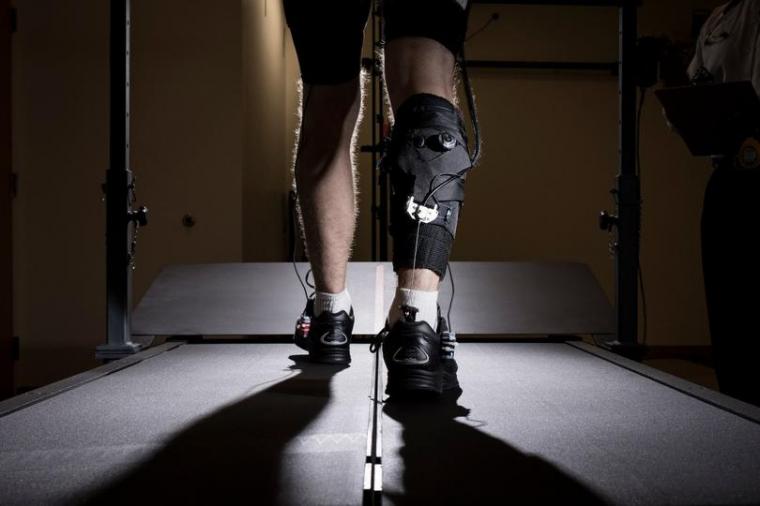Bionic Leg For Stroke Patients

Now patients post stroke or brain injury and those affected by spinal cord injury who are working with physical therapists can utilize Eksos exoskeletons to regain basic movements or even the ability to.
Bionic leg for stroke patients. At Ekso Bionics we address this by using our unique blend of clinical and engineering expertise to develop disruptive robotics for rehabilitation centers. Stroke Patient Recovery Services. It is hypothesized that a 10-week community rehabilitation program with a robotic device bionic leg will lead to greater changes in the aforementioned outcome measures compared to stroke.
It is equipped with multiple sensors and microprocessors that can detect the users actions such as making a. The device is now. The study will provide much needed data for stroke patients concerning the biomechanical and physiological effects of training programs incorporating robotic assistive devices.
Recent technology has been introduced in the form of a bionic brace. This new orthotic may enable stroke victims to get their legs back. A computer-controlled device that fits around the leg of stroke victim is helping speed the physical rehabilitation of patients as they relearn how to walk.
A bionic leg brace that can track the movement of the body is being used to help stroke victims become mobile again. Stroke Patient Recovery Services. Stroke Patient Walks Again wRobotic Leg Assist.
MossRehab was one of first facilities to use Tibion for gait retraining in the stroke and traumatic brain injury population. Three subjects ranging from 26 to 40 months post-stroke participated in a six-week physical therapy program using the Bionic Leg. A 57 year old stroke patient walking after using the robotic leg assist of.
Home Therapy Personal Care Nursing Care. Sue Sandars lost nearly all. Introduced to clinical use in 2010 the Tibion Bionic Leg was the worlds first wearable battery-powered robotic orthosis designed for patients recovering from stroke.














